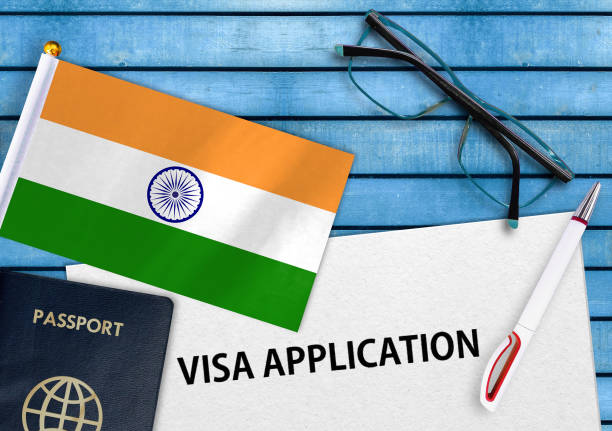With the increased travel in the developing world, there is a growing demand to enter India from airports that are not major international airports. There are two types of regions that Indian airports serve — ones with major international airports and those without. This article will focus on the former. Indian eVisa Airports
How to Apply for an Indian eVisa
If you are a citizen of India, you may need to apply for an Indian eVisa if you plan on travelling to any of the following countries: Andorra, Australia, Bahrain, Brunei, Canada, Chile, Costa Rica, El Salvador, Fiji*, France*, Germany*, Honduras*, Ireland*, Italy*, Kuwait*, Liechtenstein*, Luxembourg*, Malaysia*, Monaco*, New Zealand*, Nicaragua* Norway*, Oman* Panama* Paraguay* Peru** Philippines** Qatar*** Russia**** San Marino*** Saudi Arabia***** Singapore**** Switzerland***** Thailand **** United Arab Emirates***** United Kingdom**** Uruguay***** Vatican City State (Holy See)
The Indian eVisa is a visa that allows citizens of India to visit any of the aforementioned countries for tourism or business purposes. The visa can be obtained through an online application process or at an embassy or consulate in your home country. Be aware that some airports require passengers to have a confirmed onward flight before they are allowed into the country; if this is the case with your destination airport, make sure to have all necessary documents handy when applying for your visa. Many consulates also require applicants to photograph their passport and fill out a form indicating their intended purpose of travel. Finally, always keep in mind that any overstay on your visa will result in additional fines and possible deportation from the country you were visiting.
What are the Knee Joint Rules?
When travelling to India, it is important to be aware of the visa requirements for air travellers and passport holders. Air traveller visas are required for all foreigners who are travelling to India for less than 30 days. There are a few exceptions to this rule, such as nationals of the United States, Canada, Australia, New Zealand and Mexico who are visiting family members or Indian citizens travelling on a diplomatic passport. Indian Visa requirements
Foreigners wishing to stay in India for more than 30 days must apply for a tourist visa. The application process is fairly straightforward and can be done at any Indian embassy or consulate abroad. Passport holders need to carry their valid passport with them when applying for a tourist visa, as well as two recent photographs. Applicants are required to submit an initial application fee (currently Rs 1000) and a re-entry permit fee (currently Rs 400). If you are granted a tourist visa, you will also be required to pay an annual renewal fee (currently Rs 600).
Alternatives to an Indian Visa
If you’re not a citizen of India, and you want to travel to India, you’ll need to apply for an Indian visa. Here are some alternative ways to get an Indian visa:
-Apply online: The easiest way to apply for a visa is to visit the Indian embassy or consulate website and complete the online application form. You will need your passport number, date of birth, nationality, and other information required on the application form. You can also upload supporting documents if needed. Processing time for online applications varies, but is typically within a few days.
-Visit an Indian consulate or embassy in another country: If you’re not able to apply online because you don’t have internet access at home, or if you want to submit more than one application at a time, you can visit an Indian consulate or embassy in another country and request a visa be issued there. Consulates and embassies in major foreign cities generally have staff who are knowledgeable about issuing visas. However, processing times for visas issued at consulates and embassies vary, so be prepared to wait several days or weeks.
-Apply through an agent: If you’re unable to apply online or if your desired consulate or embassy is not located near where you live, you can find an agent who can help process your visa application on your behalf. Agencies charge fees for their services and may require that you pay upfront before they help with the application process. Processing times for applications processed through agents vary widely, so
Conclusion
In this article, we will discuss the Indian visa requirements for airports and passport entry. We will also provide a list of the most common Indian visas and explain what they are used for. If you are travelling to India or need to enter India on any other occasion, be sure to read through this article so that you are aware of the necessary steps in order to obtain a visa and avoid any potential problems while travelling.
